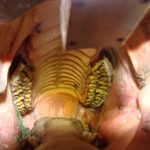Diagnostic Imaging in horses
At Sport Horses Vet we have portable equipment such as X-rays on high resolution horses, this helps us to reach a diagnosis to provide our customers with a high quality service, which allows us to obtain results in the act of great advantage for the horse vets and without the need to mobilize the animal.
This technology is mainly used for horses vet in the diagnosis of dental problems, lameness examination, respiratory system problems and examination before the pre purchase of horses, emergencies or fractures, among others.
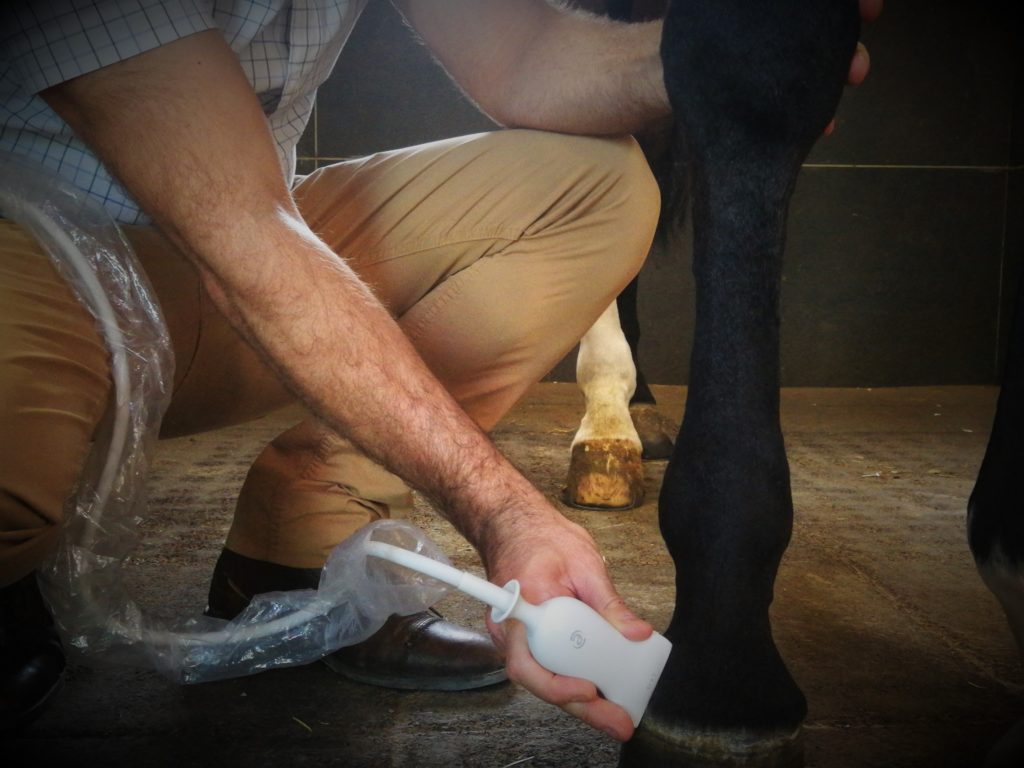
Ultrasound in Horses
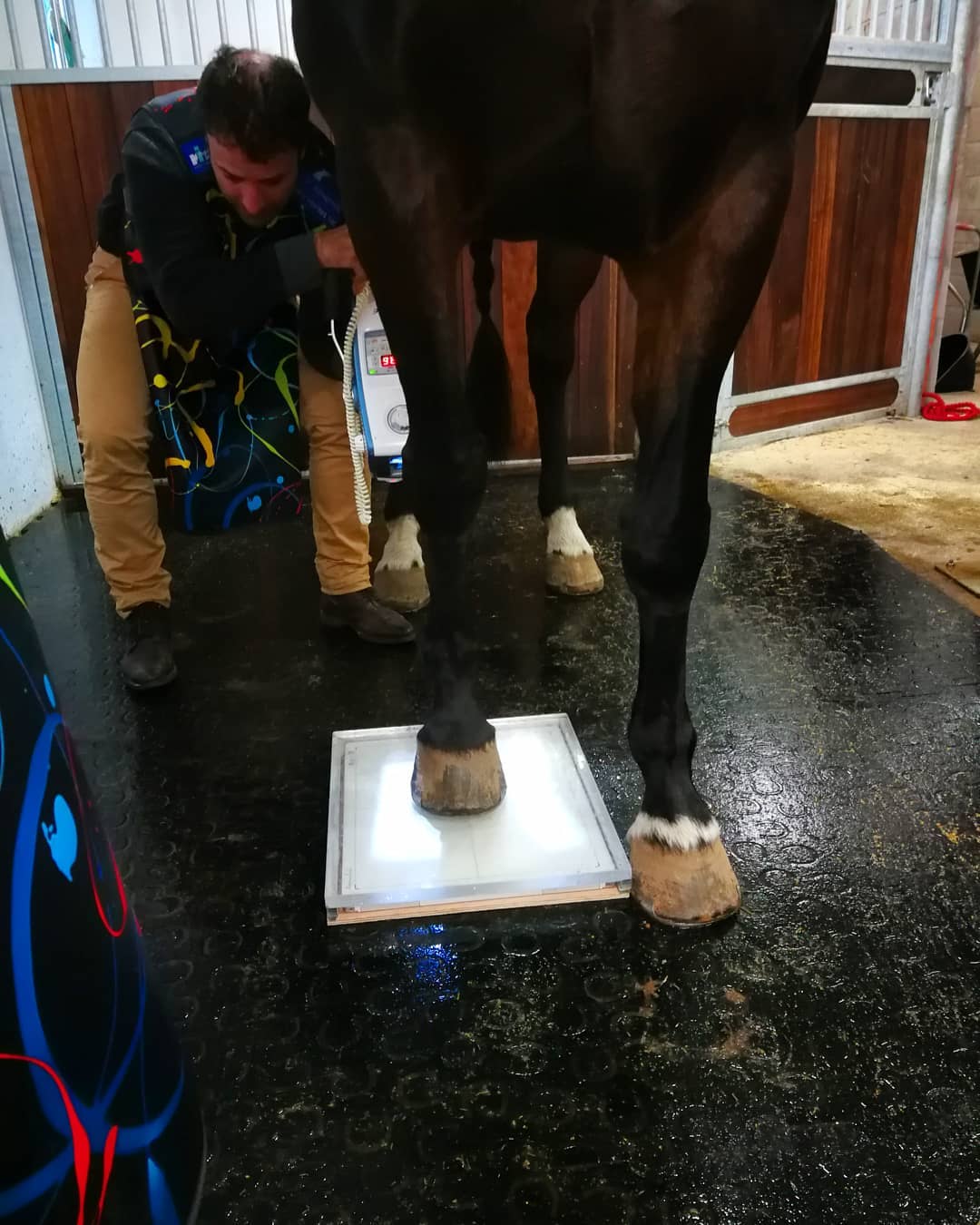
Horses X-Ray
• Radiographs in horses -Digital Portable Equipment
Diagnostic imaging as an X-ray is an important complementary tool in equine medicine. Using non-invasive techniques, it is possible to visualize closely horse structures and thus obtain specific diagnosis of problems, finding and treating these complications early creates in horses better possibilities.
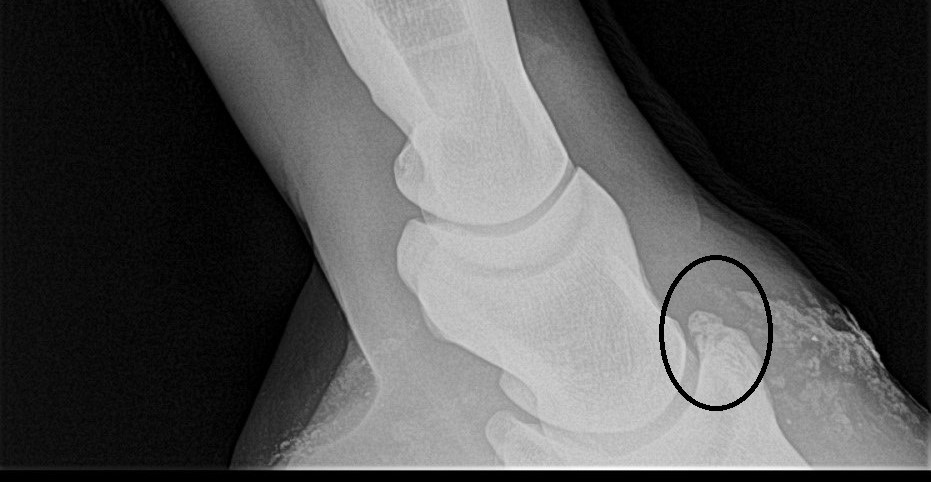
Horses X-Ray
Radiographs in horses and high frequency Digital Disclosing generation, these equipment can get the X-Ray in horses diagnosis immediately with a very high resolution image.
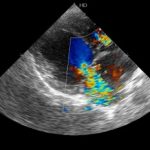
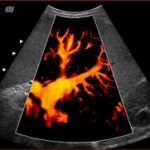 • Ultrasound in horses
• Ultrasound in horses
– Abdominal (liver, kidney, intestines)
– Thoracic (echocardiography, lung)
– Musculoskeletal (muscles, ligaments, joints, tendon)
Musculoskeletal injuries, tendons and ligaments in horses are relatively common among equine athletes. Horses that perform in hard work are more likely to suffer a tendon or ligament injury.
Ultrasound diagnosis is considered standard in the evaluation of tendons and ligaments in horses.
Most tendon or ligament injuries occur in the metacarpus (hand), metatarsus (foot) and the region of the pastern. The superficial digital flexor tendon (TFDS) and the suspensory ligament (LS) are the structures most commonly affected. The TFDS is located just below the surface of the skin, followed by the deep digital flexor tendon (TFDP), the “inferior check ligament” and the suspensory ligament. In the region of the pastern, in addition to the FFDS and TFDP, the distal sesmoid ligaments (recto and oblique) are evaluated.
General ultrasound in horses to detection and monitoring of tumors, abscesses, seroma …
• Endoscopy in horses
The use of endoscopy in horses allows us to inspect the throat, nasal cavity, trachea, stomach or bladder. In addition, fluid or tissue samples can be taken for further examination in the laboratory. Therefore, gastric ulcers, respiratory infections, urinary tract problems and tumors can be diagnosed and treated by Sport Horses Vet.
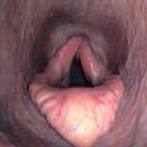
Endoscopy in horses
– Endoscopy uretral in horses
– Endoscopy gastric in horses
– Airway respiratory endoscopy in horses
STATIC ENDOSCOPY with the horse at rest and DYNAMIC ENDOSCOPY with the horse in motion. Both are complementary.
The obstructive alterations of the upper respiratory tract are an important cause in the decrease of the sporting performance of the horses and depending on the problem one or the other is used. The collapse of the different structures of the upper airways results in a reduction in the diameter of the airways that causes an increase in airflow resistance, an increase in the effort to breathe and a reduction in ventilation, reducing all of this. the availability of oxygen by the different tissues,mainly the muscles
In order to conduct the air properly, the pressuresi ncrease enormously during exercise, any point of weakness in the upper airways will result in an inadequate ability to resist the negative pressures associated with exercise resulting in a dynamic collapse of the airways which can be diagnosed with DYNAMIC ENDOSCOPY IN HORSES.
Some of the most frequent pathologies diagnosed in by Dr. Wurschmidt with DYNAMIC ENDOSCOPY are;
. Palate dysfunction
. Collapse of the pharyngeal walls
. Collapse of the left arytenoid cartilage
. Vocal cord collapse
. Intermittent entrapment of the epiglottis
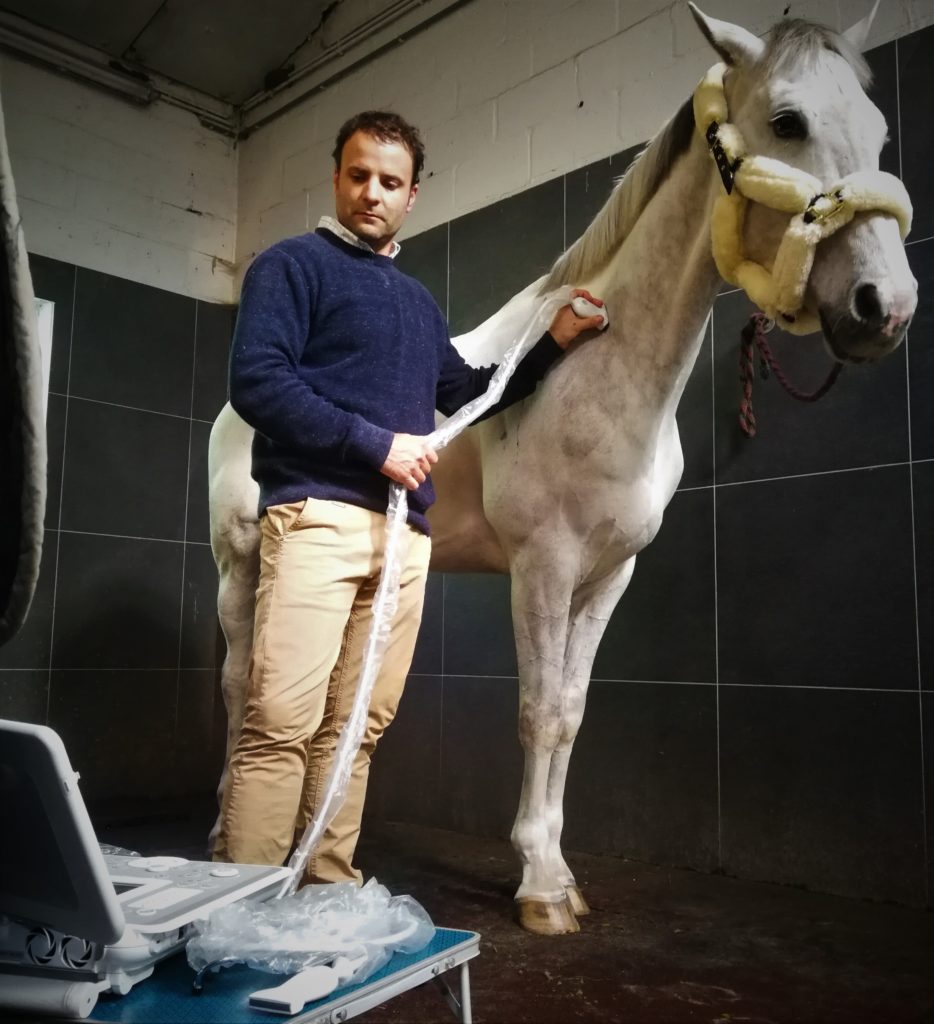
Ultrasound in Horse









